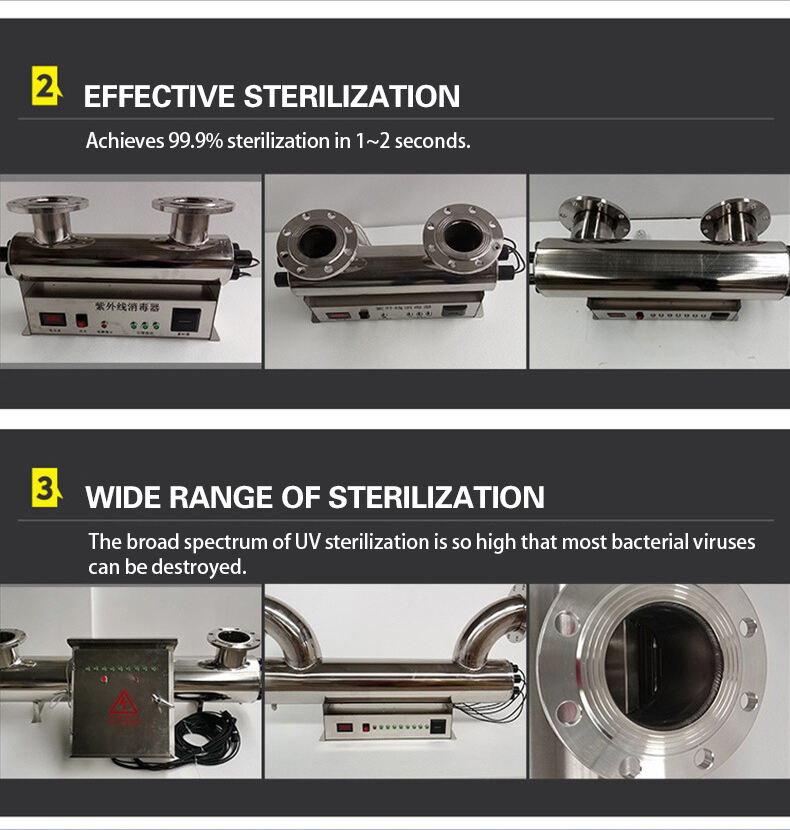 ×
×
The salmon is a remarkable fish and it has a really fascinating life cycle. They begin their lives as eggs in a river or stream, which hatch into small fish called fry. As they mature, they become smolt and eventually adult salmon.
Salmon life cycle helps maintain the number of salmon in the wild. That is where breeding helps! Breeding is also when scientists and experts get salmon to have babies, only in places known as hatcheries.
To prevent disease and obtain optimal conditions for fish growth, the water needs to be maintained clean and within ideal temperature ranges in order to successfully breed salmon in hatcheries. They also monitor the salmon to ensure they are healthy and growing well.

But, wild salmon comes with some issues. Pollution, overfishing and destroying their habitats can all make it difficult for salmon to survive. That’s why breeding programs are so key, they increase the number of salmon every year in the wild.

Genetic diversity is also a major aspect of effective salmon spawning. This means the salmon population will be diverse and healthy, as scientists can use it to maintain the population with a variety of genes.

With the help of new technology and conservation strategies, people are racing to save wild salmon. For instance, scientists use DNA testing to follow the salmon’s trajectory and find out where they live.
We've been in the aquaculture industry for more than 15 years, and we are among the top 3 enterprises in China. We have formed strategic partnerships with several famous Chinese universities. We also are high-quality, highly efficient aquaculture design team, who provides you with highest quality services and products.
We offer comprehensive aquaculture program, which comprise various elements such as layout design, equipment configuration, budgeting, installation of equipment and aquaculture technology assistance. It can help you finish the implementation of your entire aquaculture project, which something ordinary businesses cannot provide.
We are specialist in production of PVC steel pipe to support fish ponds PVC galvanized plate fish ponds as well as aquaculture things PVC non drinking water bags, TPU, EVA drinking water bags, TPU oil bags, PE container disposable liquid bags. We have range of choices for the aquaculture system's equipment.
We are certified by ISO9001, ISO22000 and COA. We have delivered our products in 47 countries and constructed 22 large-scale, high-volume projects with more than 3000 cubic meters. Our aquaculture systems are used for the production of shrimps and fish across 112 countries.